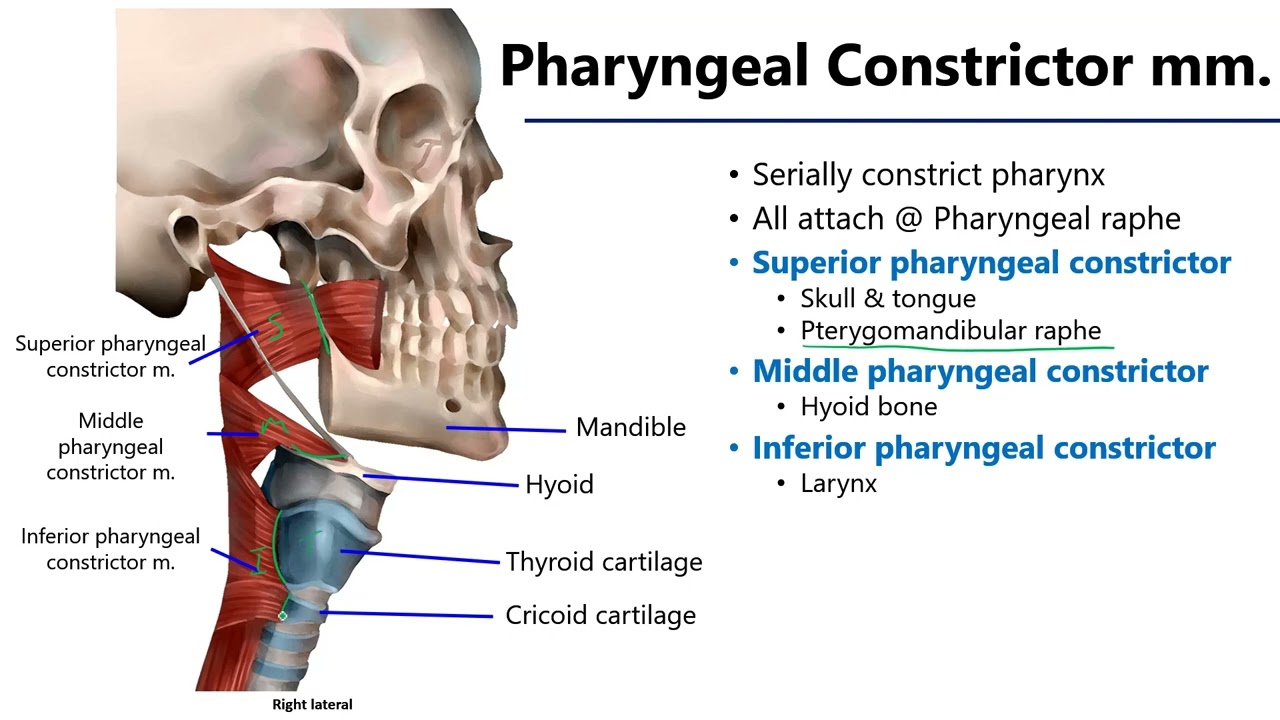
What are pharyngeal teeth? These unique structures are found in the throats of some fish, like carp and cichlids. Unlike human teeth, which are in our mouths, pharyngeal teeth help fish grind and process food. They are located in the pharynx, a part of the throat. Why are they important? Pharyngeal teeth allow fish to eat a variety of foods, from hard-shelled prey to plant material. This adaptability helps them survive in different environments. How do they work? These teeth are often strong and specialized, sometimes even resembling molars. They crush and grind food before it moves to the stomach. Want to learn more? Read on for 30 fascinating facts about these incredible fish features!
What is the Pharyngeal?
The pharyngeal is a fascinating part of the human body. It plays a crucial role in both the respiratory and digestive systems. Let's dive into some intriguing facts about this essential structure.
- The pharyngeal is a muscular tube that connects the nasal and oral cavities to the larynx and esophagus.
- It measures about 12-14 cm in length in adults.
- The pharyngeal is divided into three parts: the nasopharynx, oropharynx, and laryngopharynx.
- The nasopharynx is located behind the nasal cavity and above the soft palate.
- The oropharynx lies behind the oral cavity and extends from the soft palate to the epiglottis.
- The laryngopharynx is the lower part, connecting to the esophagus and larynx.
Functions of the Pharyngeal
The pharyngeal serves multiple functions, making it a vital component of our anatomy. Here are some key roles it plays:
- It acts as a pathway for air to reach the lungs.
- It also serves as a passage for food and liquids to enter the esophagus.
- The pharyngeal helps in equalizing pressure in the middle ear through the Eustachian tube.
- It plays a role in speech by resonating sound waves.
- The pharyngeal contains lymphoid tissues, including the tonsils, which help in immune defense.
- It assists in swallowing by coordinating muscle movements.
Interesting Facts about the Pharyngeal
Beyond its basic functions, the pharyngeal has some unique and lesser-known aspects. Let's explore these intriguing details:
- The pharyngeal reflex, or gag reflex, is a protective mechanism to prevent choking.
- The pharyngeal muscles are involved in the complex process of swallowing, which has three stages.
- During swallowing, the epiglottis closes over the larynx to prevent food from entering the airway.
- The pharyngeal walls are lined with mucous membranes that help trap pathogens and particles.
- The pharyngeal is richly supplied with blood vessels and nerves, making it highly sensitive.
- In some animals, the pharyngeal region contains gill slits used for breathing.
Pharyngeal Disorders
Like any other part of the body, the pharyngeal can be affected by various disorders. Here are some common issues:
- Pharyngitis is the inflammation of the pharyngeal, often caused by infections.
- Tonsillitis is the inflammation of the tonsils, which are part of the pharyngeal.
- Sleep apnea can occur when the pharyngeal muscles relax too much during sleep, blocking the airway.
- Dysphagia is a condition where swallowing becomes difficult due to problems in the pharyngeal.
- Pharyngeal cancer can develop in the tissues of the pharyngeal, often linked to smoking and alcohol use.
- Gastroesophageal reflux disease (GERD) can cause acid to irritate the pharyngeal, leading to discomfort.
Fun Facts about the Pharyngeal
Let's end with some fun and quirky facts about the pharyngeal that you might not know:
- The word "pharyngeal" comes from the Greek word "pharynx," meaning throat.
- In ancient times, the pharyngeal was often referred to as the "throat box."
- The pharyngeal can produce a variety of sounds, including snoring and gurgling.
- Some people can voluntarily control their pharyngeal muscles to perform tricks like swallowing air.
- The pharyngeal plays a role in the unique vocalizations of certain animals, like birds and frogs.
- The pharyngeal is one of the few body parts that can be both voluntary and involuntary in its actions.
The Fascinating World of Pharyngeal Teeth
Pharyngeal teeth are more than just a quirky feature of some fish. They play a crucial role in how these creatures eat, survive, and thrive. From crushing hard shells to grinding plant material, these teeth are specialized tools that have evolved to meet the dietary needs of various species.
Understanding pharyngeal teeth gives us insight into the adaptability and diversity of aquatic life. It’s amazing how nature equips different species with unique features to help them survive in their environments. Whether you’re a budding marine biologist or just someone curious about the natural world, knowing about pharyngeal teeth adds another layer to your appreciation of aquatic ecosystems.
So next time you see a fish, remember there’s more to it than meets the eye. Those hidden teeth are a testament to the wonders of evolution and the incredible adaptability of life underwater.
Was this page helpful?
Our commitment to delivering trustworthy and engaging content is at the heart of what we do. Each fact on our site is contributed by real users like you, bringing a wealth of diverse insights and information. To ensure the highest standards of accuracy and reliability, our dedicated editors meticulously review each submission. This process guarantees that the facts we share are not only fascinating but also credible. Trust in our commitment to quality and authenticity as you explore and learn with us.
